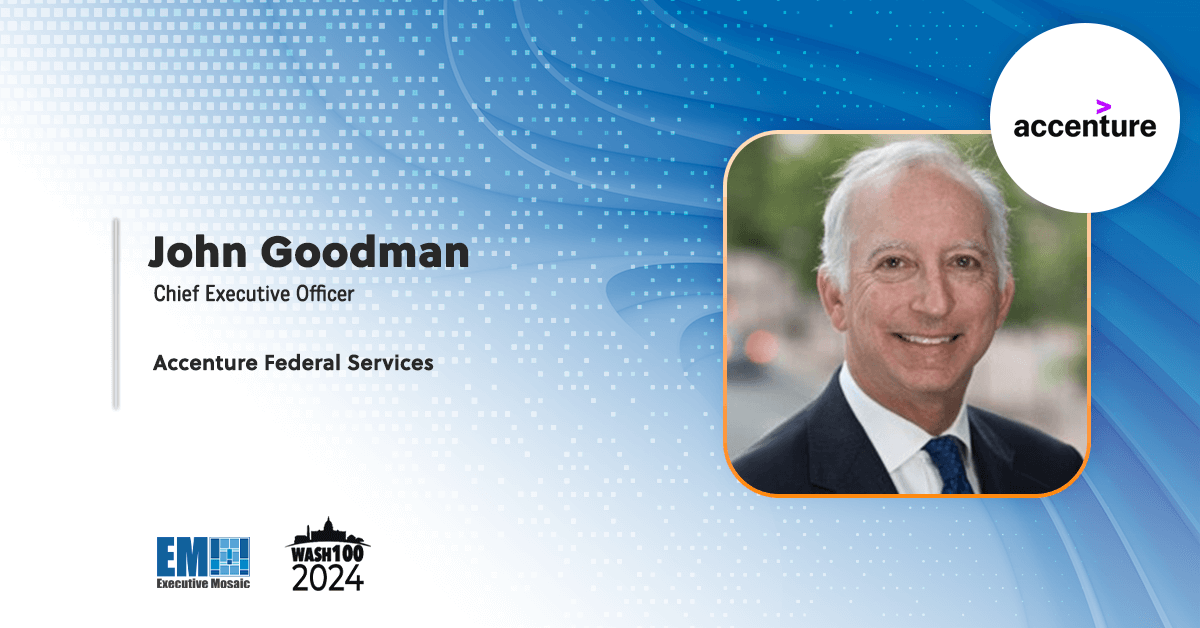For the past 20-plus years, Jason Adolf has helped government agencies identify and implement technologies that help them modernize for the present and the future. As vice president for global public sector at Appian, he works closely with defense and civilian agencies as well as state and local government and education institutions to help them accelerate and automate workflow processes through low-code application development, AI and other technologies.
Recently, Jason offered his thoughts on the impact that AI and automation are having on workflow, case management and contract management; the importance of repurposing software for better cost savings and accelerated time-to-deployment; and how two major defense organizations are using advanced technologies to power their contract-writing processes.
We’re hearing a lot about process automation and AI and how both can help government agencies become more efficient and effective. What is the impact of AI on process automation?
The combination of AI and automation has had a profound impact on the public sector. These technologies greatly impact agencies’ abilities to deliver services with increased speed and accuracy.
Consider government procurement processes, which involve creating and double-checking documents, performing market research, making sure the correct phrasing and clauses are included and so forth. With the combination of AI and modern low code tools, much of the process can be automated, from the initial research stage straight through to filing procurement agreements in the correct folders. Suddenly, procurement becomes faster and more efficient.
There are many other examples of AI’s impact on process automation. For instance, AI can predict the demand for resources and improve inventory management. AI chatbots can expedite interactions between agencies and citizens, helping to prevent government call centers from getting bogged down in phone calls, manually searching for answers to citizens’ questions and more.
This is all happening right now. And we’re only at the beginning.
Appian has had a great deal of success working with acquisition professionals. Can you share some examples of those successes?
Speaking of improving procurement processes, we worked with the U.S. Air Force to develop its Contracting-Information Technology, or CON-IT system, which standardizes acquisition contract-writing, reduces costs and improves efficiency throughout the entire contracting process. CON-IT replaced seven legacy systems, was built using low-code software on the Appian Platform and was deployed in less than nine months.
CON-IT’s impact was immediate and significant. Within its first year of operation, the Air Force achieved total cost avoidance of more than $80 million. The system itself supports more than 5,000 users and is used to manage more than $10 billion in Air Force spending.
We also worked closely with the U.S. Army to develop the Army Contract Writing System. The system generates solicitations and awards, modifies documents and more. It’s flexible, scalable and integrates directly with the Army’s other procurement systems.
Both solutions were developed using the input of procurement professionals from across the government. We’re always looking for feedback and new ideas, and, in fact, we’re hosting a Government Acquisition Summit at our annual conference, Appian World. We’re looking forward to hearing industry experts and thought leaders exchange ideas, share experiences, problem solve and more.
Have either of these contract writing solutions been repurposed by other government agencies? If so, how?
As you know, the U.S. government’s software modernization policy encourages repurposing software wherever and whenever possible. Reuse cuts down costs and development time so that agencies can deploy new solutions more quickly and cost-effectively.
When Appian developed the Army Contract Writing System, we repurposed pre-built components used to create CON-IT. That served multiple purposes. First, the Army got a solution built on proven technology that had already delivered a large return on investment for the Air Force. Second, we were able to provide them with that solution in an accelerated manner because the core components had already been created and tested. The application has also been adopted by several other Department of Defense and federal civilian agencies.
Repurposing of CON-IT components is an example of government-off-the-shelf software, or GOTS. GOTS is reusable across agencies, making it sustainable and adaptable. It’s quicker to deploy and is built using common standards. It helps agencies save time and money—savings that are passed on to U.S. taxpayers.
Appian recently announced a case management solution for the public sector. What case management advice would you offer to your government customers?
Case management is the lifeblood of most government agencies, but it’s also extremely complex and challenging. Government defines case management as a lot of different things: investigations, citizen services, inspections, grants and several other broad categories of work. It doesn’t matter what type of case management you work on, your processes will likely involve keeping track of deadlines and tasks, communications from various stakeholders and a lot of manual work.
The best advice I can give to someone in this situation is to invest in case management software that helps you manage your workload, track processes and make intelligent and accurate decisions. Ideally, the software will include some form of process automation to alleviate some of the management burden that’s placed on government employees. It should also integrate well with other applications, have an easy-to-use interface and allow teams across the agency to easily collaborate.
There are other things to consider, too. For example, the software must allow your teams to retrieve information from anywhere and on any device. All employees should not only be able to use the software, but update it, too, especially when regulations or workflow requirements change.
That’s why low-code software is so important. Low-code democratizes and simplifies advanced technologies like AI and automation. Even non-technical employees can easily update applications and contribute to their agency’s efforts to become more efficient, intelligent and better able to serve citizens.






